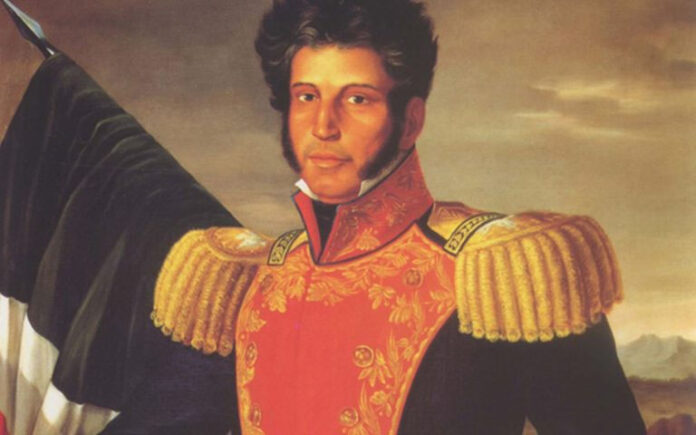Afro-Mexicans are a part of the population that was overshadowed by miscegenation and indigenism. We tell you about its importance
Shared/by Mexico Desconocido
The story of the arrival of slaves of African origin to Mexico is born under three premises:
- The legal inability to enslave indigenous people.
- The thesis of “divine will” that concluded in racial superiority.
- The idea that “blacks” have better physical characteristics for heavy work.
Afro-Mexicans, a forgotten ethnic group
The process of insertion of Africans in Mexico always had a tendency towards invisibility. In the collective imagination of Mexico, the black man has been thought of as a kind of antihero. An example of this are two historical figures who function as archetypes of the vision of black people in Mexico.
The first is Estebanico, a slave of great physical proportions who traveled alongside the conquerors. The second is Francisco Eguía, a colonizer who introduced the smallpox virus into the indigenous population. In both cases the vision of the black man as a clumsy human, unconscious ally of the Conquest, is exalted.
Despite the caste system, cultural and biological miscegenation could not be stopped by the Spanish. However, the miscegenation of the black population not only dissolved their physical characteristics, it also blurred their cultural identity.
Unlike the indigenous, the black man did not manage to reinterpret his culture in a Western mold that would allow him to continue preserving it. On the contrary, Afro-Mexicans were diluted in the mestizo identity. Despite this, Afro-descendants maintained conditions of oppression and isolation similar to slavery.
Another situation that Afro-Mexicans have gone through is the tendency toward foreignization. Afro-descendants with more notable physical features tend not to be recognized as Mexicans, which has limited the formation of their identity, to be included in those that have greater acceptance.
Afro-Mexicans today
Although the black population was a minority during the Colony, in no case can it be considered irrelevant to the achievements of the current Mexican population.
Non-mestizo blacks were close to the Spanish in numbers, while the Afromestizo population quickly surpassed the European population. For this reason, the African influence is considered by many to be a third cultural root of Mexico.
Unfortunately, the recognition of the black population in Mexico is late. The intellectual production in which the Afro-Mexican population is mentioned is scarce or not recognized.
To the above, we can add that the reconstruction of postcolonial identity had indigenous studies as protagonists, and then gave way to the construction of a Mexican national identity during the 19th and 20th centuries.
According to INEGI, 1.16 percent of the national population identifies as Afro-Mexican or Afro-descendant.
A large part of this population recognizes discriminatory attitudes against them, including the denial of their identity. The states with the largest number of Afro-Mexicans are Oaxaca, Veracruz and Guerrero, entities that preserve vestiges of African traditions.
Afro-Mexican Day of the Dead in Oaxaca, a tradition of great cultural wealth
Especially on the Costa Chica, the Afro-Mexican Day of the Dead is celebrated, a mix of pre-Hispanic, European and Afro-descendant customs.
Although in our country people of African descent represent only 2% of the population, they also celebrate the Afro-Mexican Day of the Dead, although with their own traditions, such as the Danza de los Diablos and the artesa fandango. We tell you more about the rituals that this community carries out to honor their deceased.
Afro-Mexican Day of the Dead on the Costa Chica
While it is true that throughout our territory there are different communities of Afro-Mexicans; These are concentrated mainly in the Costa Chica, between Guerrero and Oaxaca.
Likewise, its origin dates back to the viceregal period, when the slave trade between Spain and its colonies was common. For this reason, many Africans arrived in Mexico by boat, mainly through the ports of Guerrero, Oaxaca and Veracruz.
Already in America, the traditions of the native peoples mixed with those of Europeans and people of African descent; and in the case of the Day of the Dead, the latter added to the ritual the cult of Ruja, an African divinity who was asked to end slavery through the Dance of the Devils.



